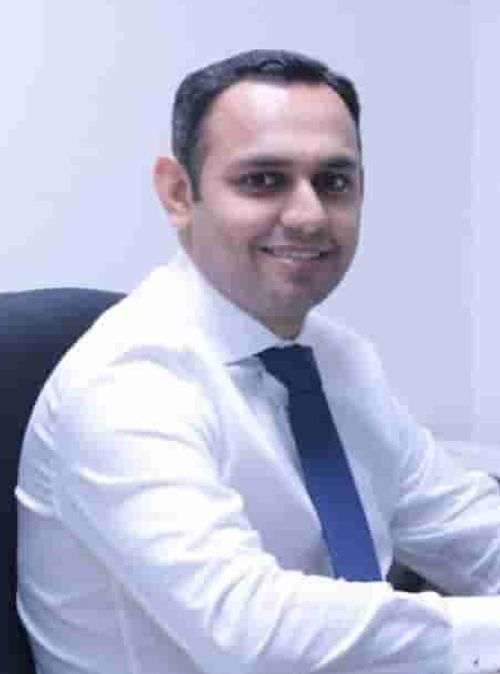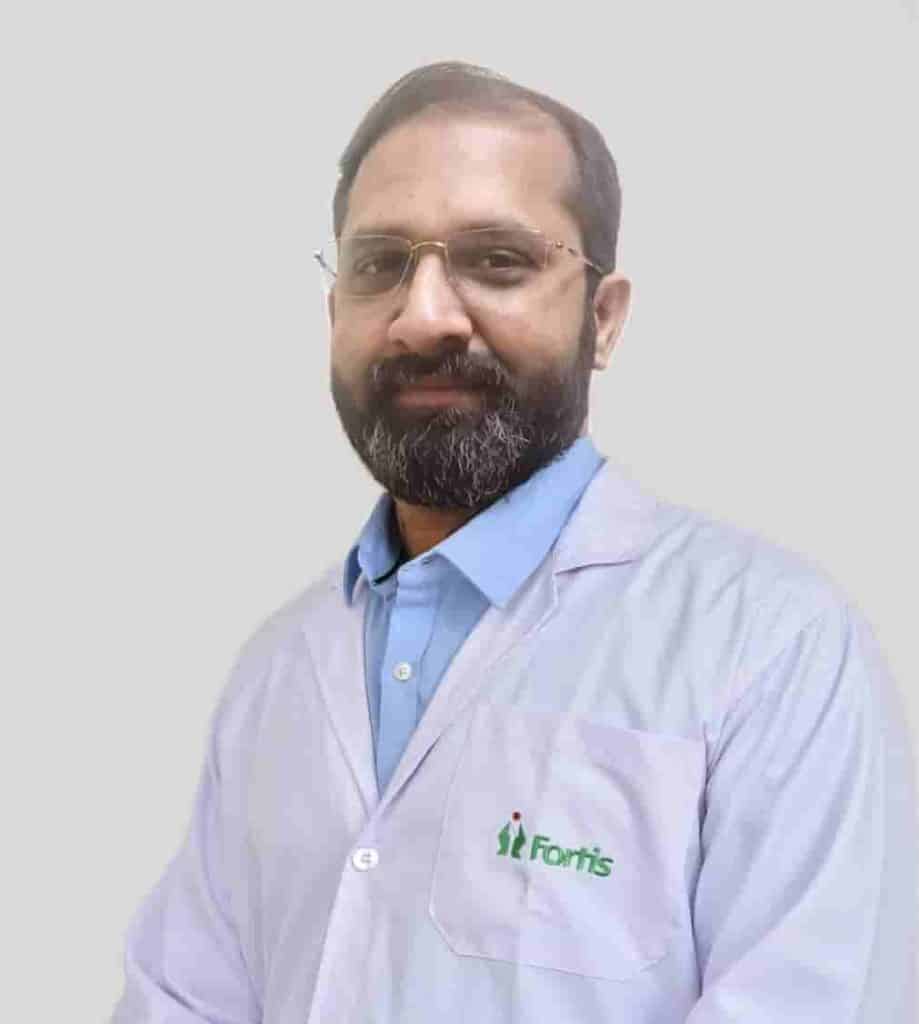Last Updated on January 27, 2022 by Team THIP
“Is life worth living? It depends upon the liver,” famously said William James, the great American philosopher. Indeed it depends on the liver, quite literally and metaphorically. It is because the liver is the second most important organ in the body, after the brain. The organ performs a range of critical functions in the body.

According to Dr P.L. Bharati, Research Officer-Scientist, at Central Ayurveda Research Institute, Guwahati, “Liver is the second largest organ of our body. It separates nutrients and waste as they move through your digestive system, produces bile, a substance that carries toxins out of your body and aids in digestion. Liver diseases primarily happen due to lifestyle disorders and unfortunately, the number of liver patients is quite high in India.”
More often than not, obesity is the bane of the modern lifestyle that leads to fatty liver. Fatty liver is poor functioning of the liver that further impairs the functioning of a body. The liver becomes full of fat, inflamed and enlarged and can no longer do its job properly. So instead of clearing out the toxins from one’s body, it starts storing toxins, helping them thrive and multiply. A fatty liver makes it impossible to break down fat, hinders a person’s metabolism, and also makes it difficult to lose weight.
Fatty liver a silent epidemic
Liver diseases are becoming more and more common in India and are now considered India’s next major lifestyle disease after diabetes and hypertension. Dr Bharati states, “Liver Cirrhosis, Liver Cancer, Liver Tumor, Hepatomegaly (Enlarged Liver) are various types of liver diseases. These occur mainly due to infections, fat accumulation in the liver, alcohol abuse, intake of fast foods and fever.”

Many noted doctors and health specialists have termed fatty liver disease a silent killer as it remains asymptomatic decades after decades. Dr Ruchit Patel, Consultant Gastroenterologist, Wockhardt Hospital, states, “Liver disease is increasing at an alarming rate. It was the tenth most common cause of death in India as per a study by WHO in 2018. Fatty liver is like a silent epidemic as most people remain asymptomatic.”
There are two types of fatty liver – alcoholic fatty liver disease (AFLD) and non-alcoholic fatty liver disease (NAFLD) or non-alcoholic steatohepatitis (NASH).
The causes of fatty liver are viral infection (Hepatitis B & Hepatitis C), alcohol consumption, uncontrolled Diabetes Mellitus, Dyslipidemia, and obesity. It could be steatosis (a fatty infiltration of the liver tissue) to cirrhosis (an irreversible and potentially fatal build-up of scar tissue of the liver).
“The prevalence of NAFLD in India is about 9% to 32%. India is the Diabetes capital of the world and so the prevalence of NAFLD will also increase affecting individuals with obesity and uncontrolled Diabetes Mellitus. The ultimate complication of the fatty liver if not addressed leads to liver cirrhosis,” says Dr Patel.
The symptoms of fatty liver or liver disease include abdominal pain or a feeling of fullness in the upper right side of the abdomen, nausea, loss of appetite or weight loss, yellowing of the skin and whites of the eyes (jaundice), swollen abdomen and legs (oedema) and general weakness.
“The treatment option for fatty liver include medications for Hepatitis B & C, and lifestyle changes such as regular exercise, restricting carbohydrate intake, and weight reduction. Recently few pharmacotherapies are available for NAFLD but lifestyle changes like dietary changes and weight reduction remain the mainstay and also moderation of alcohol intake that may add to liver’s woes,” suggests Dr Patel.
When the liver doesn’t heal by itself

Although NAFLD and NASH are similar to alcoholic fatty liver disease, but many people who contract these diseases drink little or no alcohol, yet it can still lead to permanent liver damage, cancer and liver-related death. Dwelling further on the seriousness of the liver disease in India, Dr Swapnil Sharma, Consultant-Liver Transplant Surgery, Fortis Hospital, Mulund, says, “In India and other southeast Asian countries, Hepatitis B, C, alcoholic liver disease and NASH are common causes of cirrhosis. The incidence of NASH-related cirrhosis is increasing because of dietary patterns and sedentary lifestyles. Over the last two decades, the global burden of NASH has almost doubled.”
According to Dr Sharma, the most common indication for liver transplant is chronic liver disease or cirrhosis. “Liver transplant is not advised to all patients with cirrhosis. It is advised only when they have complications related to cirrhosis which can’t be managed medically or their liver function is deteriorating,” he adds. Cirrhosis patients can have various types of complications. They may have jaundice, fluid formation in the abdomen and can also have limb swelling. The liver can also involve other organs like the kidney. “One of the important functions of the liver is to filter toxic materials that are absorbed from the intestine like ammonia. When the liver is not working properly, unfiltered ammonia can go to the main circulation and may reach the brain. In that case, the patient can have a confusion-like state. All these complications are initially managed medically. If they are not responding to medical management, patients are advised for liver transplants,” Dr Sharma adds.
Talking about one of the most successful liver transplant stories at Fortis Hospital, Mulund, he adds, “Our youngest liver transplant recipient at Fortis Hospital, Mulund, was a six-month-old child. He had a congenital disorder named “Biliary Atresia” in which the bile duct of the child was scarred. He was very sick when he came to us. He was deeply jaundiced. His abdomen was distended and his tummy was full of ascites. He had a smooth post-operative recovery. Now the patient is three years old and is doing absolutely fine.”
In India, the cost of a liver transplant varies and ranges between Rs 15 lakh to Rs 25 lakh, depending on variables such as location, hospital, etc.
The success rate of liver transplants depends upon the pre-transplant condition of the patient. “Results are always better when the patient is taken for liver transplant surgery after proper optimization. One year survival rate after liver transplant is around 90%,” emphasises Dr Sharma.
Among the many precautions that one needs to keep in mind after a liver transplant include taking immunosuppressants lifelong. “As their immunity will be weaker as compared to the general population, they have to be careful. They have to avoid exposure of infection, maintain a healthy lifestyle, eat hygienic and healthy food, and have to continue follow-ups with their transplant surgeon and physician,” says Dr Sharma.
Keeping liver healthy
The liver performs 500 and odd functions in the body and supports almost every organ in the body and is vital for one’s health and survival. Dr Bharati urges people to pay attention to one’s liver, because if it is healthy, one will be healthy. “In today’s fast-paced world, keeping the liver healthy has become quite hard. However, maintaining a healthy lifestyle can be very beneficial such as having a plain diet: use more vegetables and carbohydrates as these get digested easily, less intake of non-veg items, water intake of a minimum of 3 to 5 litres every day, sound sleep of at least 6 to 8 hours and most importantly avoiding alcohol and fast/fried foods are few ways to keep liver healthy.”
Dr Sharma suggests that one must avoid fatty meals, alcohol and other medications which may harm the liver. “Liver function test and liver ultrasound must be included in the annual health check-up. Deranged liver function must be taken seriously. If the liver problem is diagnosed at an early stage, most of the time it can be managed medically. Delayed diagnosis of liver problems can be life-threatening and the patient may need a liver transplant,” he advises.
Around 70% of people with fatty liver are obese. NAFLD is quite common among people, and the diet and lifestyle has an important role to play here, claims Dr Patel. According to him, “One must adopt an active lifestyle, restrict intake of refined sugar, fried and processed foods, avoid or take alcohol in moderation and maintain a healthy weight.”
But as they say that prevention is always better than cure, Dr Bharati warns, “A damaged liver won’t have enough healthy tissue to function. Liver disease, if not treated timely, can eventually lead to liver failure.”
Dietary modification after transplant

Dr Shalini Singhal, Nutrition Consultant, suggests that, “After a liver transplant, we need to first address the acute post-transplant phase and later the chronic post-transplant phase. In the former, the nutrient needs are increased to promote healing, deter infection, provide energy for recovery and replenish depleted body stores. Multiple medications used after transplant have nutritional side effects such as anorexia gastrointestinal upset, hypercatabolism, diarrhoea, hyperglycemia, hyperlipidemia, sodium retention hypertension, hyperkalemia, and hypercalciuria. Therefore, dietary modification is based on the specific side effects of drug therapy. For e.g., if there are mouth sores, we need to give soft foods; if nausea, vomiting, anorexia, diarrhoea, we need to adjust foods/meals as per requirement and monitor intake; if sodium is getting retained we need to reduce sodium intake, if hyperglycaemia sets in we need to reduce carbohydrates and increase proteins in the diet. Hence, a customised dietary approach is crucial.”
The general recommendation post-transplant, however, is to have a high protein, low sodium, low-fat diet. Moderate calorie diet with a 1.2-1.75g/kg/day of protein, 2-4 g/day of sodium, fluid initially restricted to 1-1.5 litre/day and then as per need, 800-1200 mg calcium and daily vitamin-mineral supplements as advised by the treating doctor.
During the chronic post-transplant phase, nutrient requirements are adjusted to prevent or treat problems of obesity, hyperlipidemia, hypertension, diabetes mellitus, and osteopenia. “We aim at maintaining a healthy body weight with moderate proteins (1g/kg/day), low fat (30% of calories), reduced simple carbohydrates, 2-4 g/day sodium, fluid as needed, calcium 1200-1500 mg/day and other supplements as and when required. Total alcohol restriction is recommended. Taking care of hygiene while cooking and handling food is important as we need to prevent any kind of infections as the body is weak,” Dr Shalini further explains.
Gradually, the patient needs to come back to a healthy lifestyle with regular exercise and eating a balanced, healthy diet rich in lean proteins (egg whites, low-fat milk products, legumes, pulses, nuts, seeds), calcium (low-fat milk products, seeds, nuts), Vitamin D (supplements may be required), fibre (include a lot of vegetables, fruits, whole grain cereals, lentils, legumes) and less quantity but good quality fats (omega 3 fatty acids) like fish, nuts and seeds.
Disclaimer: Medical Science is an ever evolving field. We strive to keep this page updated. In case you notice any discrepancy in the content, please inform us at [email protected]. You can futher read our Correction Policy here. Never disregard professional medical advice or delay seeking medical treatment because of something you have read on or accessed through this website or it's social media channels. Read our Full Disclaimer Here for further information.

